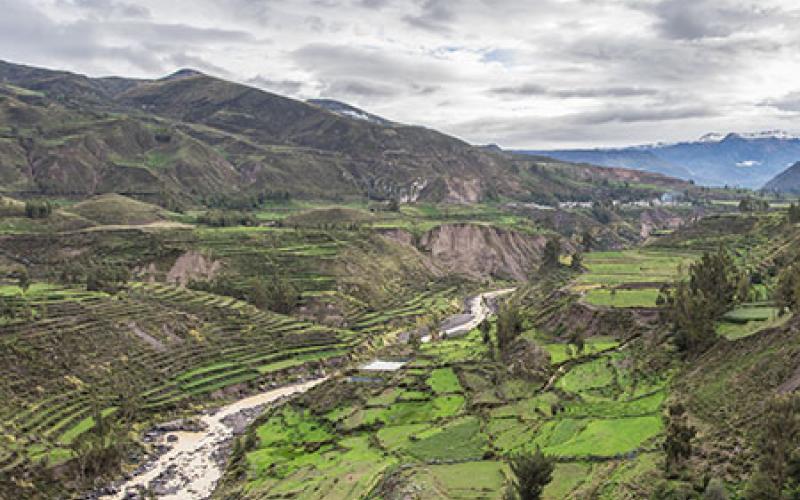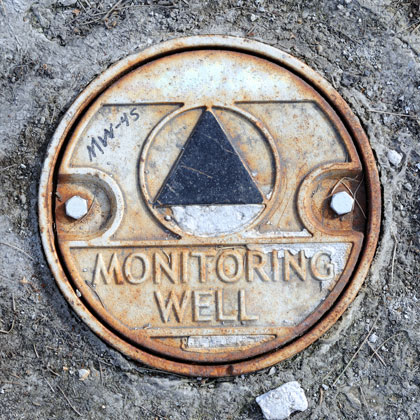The downstream and upstream benefits of the Latin American Water Funds Partnership

The downstream and upstream benefits of the Latin American Water Funds Partnership
Investment in Watershed Services (IWS) is a unique multifunctional tool that aims to protect both water quality and sustainable livelihoods. A new study of water funds in Latin America reveals how IWS organizations can potentially increase their success.
Bremer L.L. et al. “One size does not fit all: Natural infrastructure investments within the Latin American Water Funds Partnership.” Ecosystem Services 17 (2016): 217. DOI: 10.1016/j.ecoser.2015.12.006.
Natural resource managers worldwide are increasingly using innovative tools that combine policy and finance to enhance water security. Investments in Watershed Services (IWS) is one such strategy that seeks to capitalize on the co-benefits to both ecosystems and livelihoods that result from improved water resources. Yet despite their potential and their increased use, little research exists on the success of IWS.
In a recent article for the journal Ecosystem Services, Leah Bremer of the Natural Capital Project at Stanford University along with researchers at The Nature Conservancy reviewed 16 water funds in the Latin American Water Funds Partnership (LAWFP). Water funds are specific types of IWS that connect water users downstream with landowners upstream through funding, governance, and ecosystem management. The authors surveyed key water fund representatives to gain practical insight into the objectives, monitoring methods, structures, and successes of this interdisciplinary approach to watershed management.
Their results indicated that water funds in the LAWFP had widely varying characteristics based on local capacity and needs. The researchers then analyzed these results in three research areas. The first identified water fund objectives and progress monitoring. In practice, LAWFP projects tended to focus on improving native forest ecosystems by compensating landowners. The objectives for these projects were to improve water quantity, water quality, ecosystem function, and social wellbeing. Monitoring, though recognized as important, was done to various degrees of success due to limited funds and insufficient baseline data.
The second part of the study examined how the funds were structured. Funding came from public sources like local government and city utilities, nongovernmental organizations, and foundations. Board membership played an important role in a fund’s success. For example, even though private investment accounted for less than 10 percent of funding across the LAWFP, funds had more private money when big water users, such as representatives of the sugar cane, beverage, and hydropower industries, were on the board.
The final study area questioned what funding and governance methods were most successful for conserving and managing watersheds. Regulation was the most successful method for generating investment, especially laws that required utility companies or cities to invest a portion of their profits in watershed conservation. Once again, governance proved strongest when the largest water users were board members. One of the most successful and growing water funds, based in Colombia, had both representation from private companies and the highest number of upstream families participating.
This study provides relevant data about the LAWFP, as well as conclusions and recommendations for other water funds. The authors acknowledged that it is important to tailor water funds to local needs in terms of structures, priorities, and methods. But they also acknowledged that general principles of advocating for public watershed fees, expanding private sector board membership to help increase funding, and incorporating upstream communities in decision-making can increase the spread of on-the-ground watershed improvements.




